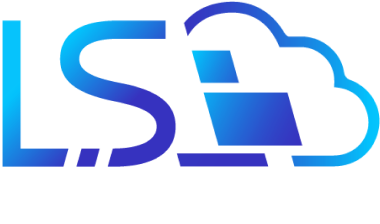
2000-2015 Changes Web 2.0 & Social Networks
In 2005, users began to generate and upload material onto social networks themselves through the development of the technology of well-known Tim O’Reilly’s Web 2.0.
Some models of Web 2.0 include but are not limited to social networks, Wikipedia pages, e-blogs, folksonomies (keywords tagging on the websites and links), audio-video exchange sites, web apps, and collaborative platforms. Once Web 2.0 was launched, users shifted their focus towards generating data themselves and commenting and sharing using Web 2.0. Then, in 2006 there was a rapid surge in the engagement of social network sites. Such networks like Facebook, LinkedIn and Twitter have ushered humans into a new age of Internet data transfer, even in the work setting.
5 Core Features Integrated Into Intranets:
- Customer help desk (with employee profiles and organizational structure)
- Data management system
- Office implementation
- Company identity in design and features for separate companies
- Crucial collective online connections such as:
a) Corporate wikis (as an example, content management systems – for
providing organization’s internal knowledge sharing);
b) Specialized blogs (so that management can easily share ideas with all
the staff);
c) Online, inclusive forums (unites all the staff members, without and
discrimination based on occupations, professional interests or
departments).

This leap forward made the Intranets solution to be more useful and attractive for a lot of companies. But still, even in 2017, the great variety of corporate Intranet solutions are remaining at this stage of deploying.
1990s – the age of the primary existence of intranet software -this opened up corporate data to all the staff hence increasing transparency.
1.0 – Company homepage with general company information.
1.1 – A main message board containing organization news.
1.2 – Clear cut documentation management, wide range of news distribution to all employees.
1.3 – Help Desk available for clientele (consisting of staff profiles and organizational structure).
2000s – CMS development, help services deployment, first efficient tools.
1.4 – Corporate applications.

Most organizations are here:
1.5 – Unique, specialized designs and features for identifying separate companies each with individual information organization system
2.0 – Essential social networking such as discussions, Wiki pages, limited blogs.
2.1 – Evolution of social features such as worker profiles and team web page creation.
2010s – More improved tools for creating strong teams with greater capabilities, full integration of social networking.
2.2 – Social networks stimulate collaboration and engagement.







Leave a Comments